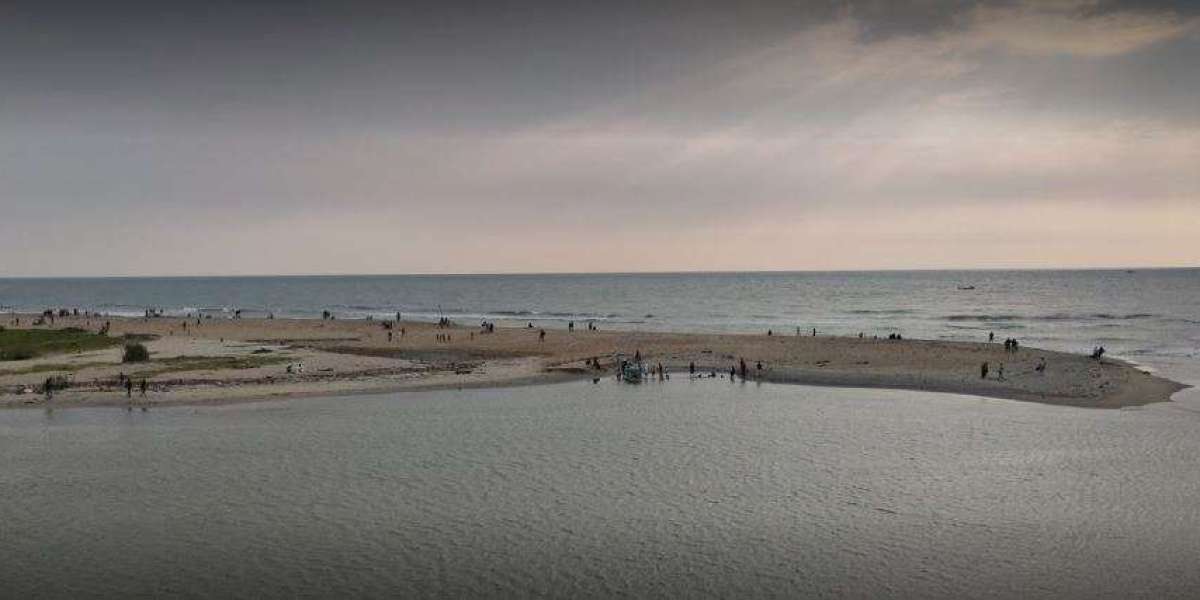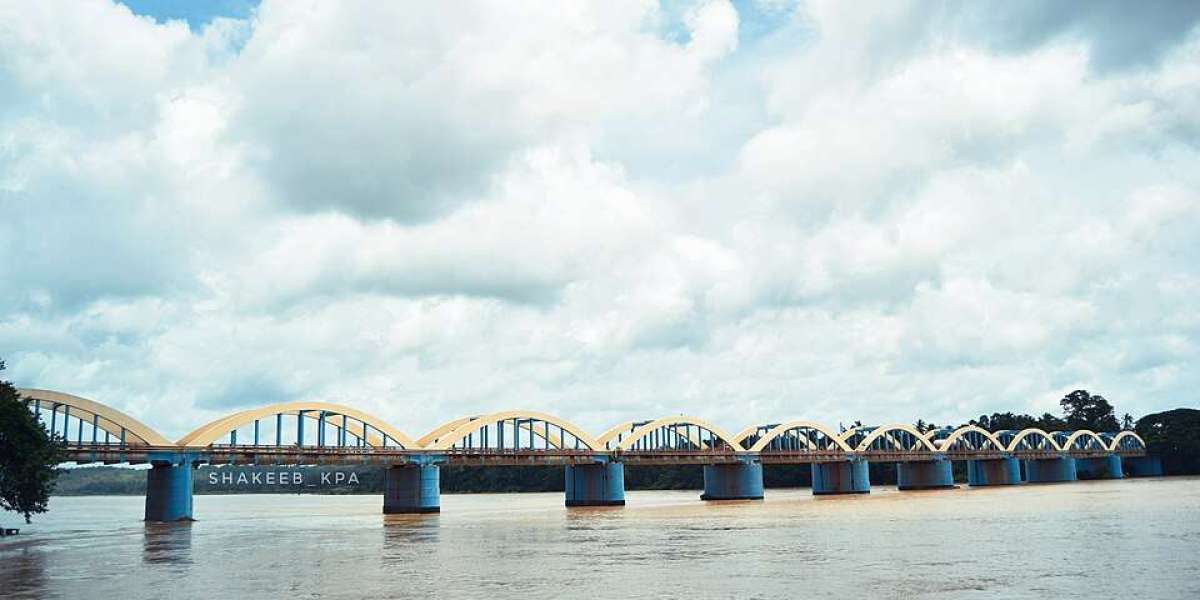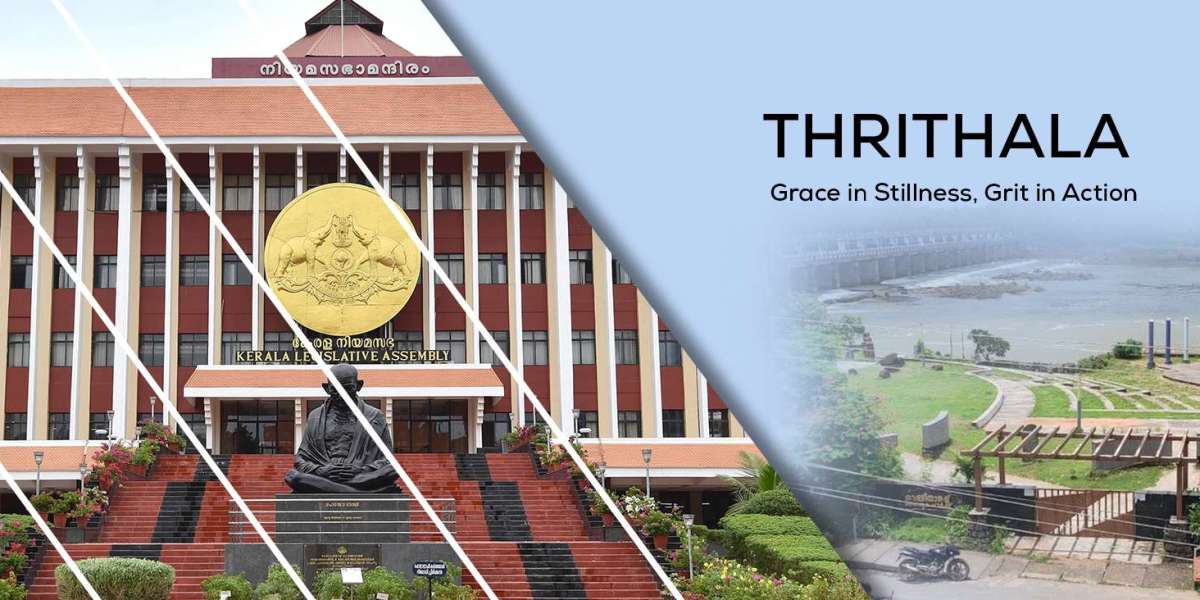Polling Stations & Voter Access
The 2021 Assembly elections featured 146–149 polling booths—an increase from 137 in 2016 and 111 in 2011—to serve voters across municipality wards and panchayat villages. For example, booths include:
Farooq Palli Madrassa, Ottumpuram (East & North wings)
Aided Mappila LPS, Korman Kadappuram (southern side)
Central Aided UPS, Pariyapuram (both buildings)
Govt. LP School, Keraladheeswarapuram (multiple wings)
Devadhar GHSS, Keraladheeswarapuram (east & west blocks).
Voter turnout was around 76.6–76.7%, consistent with the constituency’s historically engaged electorate.
Demographics & Coastal Features
Tanur is a coastal settlement with long sandy beaches such as Thooval Theeram and Ottumpuram Beach, which attract local tourism. The population of Tanur village stands at around 45,000, with high literacy (~91%) and a sex ratio of approximately 1,096 females per 1,000 males. About 56% of voters are rural and 44% urban, with SC/ST communities each under 5%.
Economic & Livelihood Patterns
Remittances (NRIs): Gulf migration income remains a major pillar of household financial stability. Malappuram consistently records high rates of overseas emigrants—Vallikkunnu and Tanur among them.
Blue economy & fisheries: As a coastal constituency, traditional fishing, fish-landing centres, and small-scale marine trade are vital to livelihoods.
Trade & business: Tanur town and adjacent villages support spice markets, small shops, seafood vendors, and retail trade oriented to local and tourist demand.
Education & services: Schools, madrassas, and small institutions provide jobs; small-scale tourism (like Ottumpuram Floating Bridge attraction) supports local enterprise.
Agriculture: Inland panchayats cultivate coconut, banana, paddy, and spices—though less dominant than coastal activities.
Economic Strata
Most residents fall into the middle-income bracket, fueled by remittances, fisheries, and small trade. A modest set of merchants, landowners, and diaspora-supported families qualify as higher-income. Some coastal fisherfolk and marginal smallholders rely on subsistence and remain below the poverty line, though literacy and welfare schemes buffer economic hardship.
Development & Infrastructure Updates
Improved polling access: New polling booths improved electoral reach and reduced congestion in both urban and rural wards.
Connectivity enhancements: Coastal roads and access to Tanur ferry and Ottumpuram Beach attractions (including the floating sea bridge) are being upgraded for safer mobility.
Tourism activation: Initiatives around Ottumpuram Beach and related ecotourism are underway, drawing visitors and supporting local traders.
Public amenities: Street lighting, drainage, and civic sanitation have improved in both Tanur town and adjacent panchayats, making the constituency visibly cleaner and more liveable.
Tanur Assembly Constituency represents a coastal blend of sea heritage, diaspora remittance strength, fishing economy, and growing tourism. Anchored by a solid middle-income demographic and supported by robust civic engagement and infrastructure enhancements, Tanur continues its path toward inclusive coastal development in northern Kerala.







